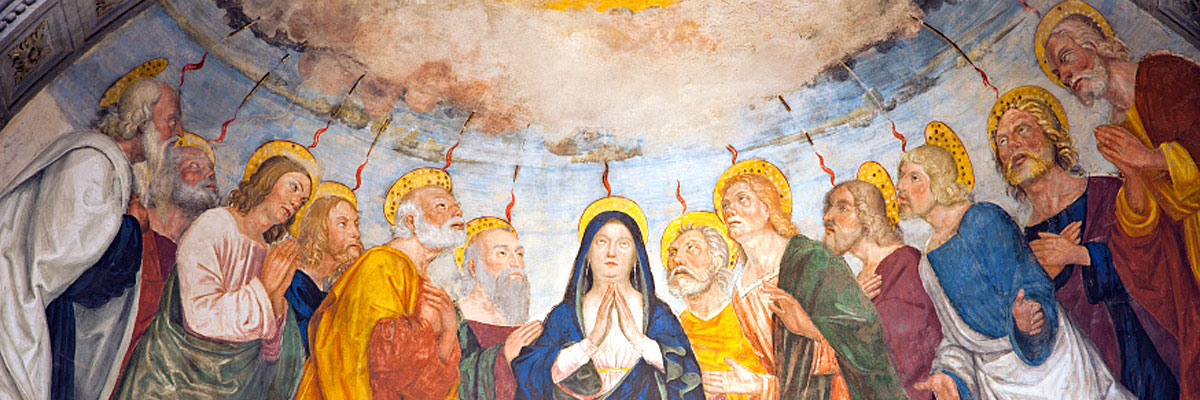
Understanding Our Church
A Treasury of Arkansas Writers Discussing the Catholic Faith
Official Website of the
Catholic Diocese of Little Rock
Christians have gift of immortality through Christ’s resurrection
Published: April 17, 2004
By Father Andrew Smith
I remember from an art history course, from my college seminary years, that in ancient Rome there are two distinctive sets of tombstones. There are those of the pagan Romans with words on them such as “Farewell” or “Nevermore.” Then there are those in the catacombs, the tombs of Christians.
These tombs have inscriptions such as “Until we meet again” and “Alive in the Lord.” Christians have been given that which people for ages have longed: immortality. All people, everywhere, and from every time, have longed for immortality. The ancient Egyptians used special ointments and wrapped bodies in cloth hoping that if they could keep the flesh from rotting they could provide immortality.
The ancient Romans made immortality part of the politics of the state declaring that the emperor was an immortal god and therefore should be obeyed by mere mortals. (On his deathbed, the Emperor Tiberius, the same emperor in power when Jesus died, sarcastically said, “I think I am becoming a god.”) Others look for immortality, as the ancients did, in sports.
There are even people who have their bodies or their heads frozen immediately after they die. They believe that when a cure for death is found, they can be defrosted and live forever — chattering their teeth for all eternity. Immortality. That’s what Easter is about. Immortality, eternal life, is granted through the death of Christ to those who live the life of Christ.
The symbol of this eternal life is the sacrament of baptism. When we are baptized, we die symbolically. We drown. Whether we are fully immersed or whether water is just poured over our heads, the symbol is that we die to a world without the Lord, and rising out of the water, out of death, out of the tomb, we live in a world permeated with the reality of the spiritual. We die to a world of selfishness. We live in a Christian world of sacrifice.
The cross of Christ is our reminder of the distinctive life we accepted at our baptism. By living our baptism, we receive immortality. The life of God has entered us! We are transformed! We live in the Lord! His resurrection is a sign that we also live forever. We light the paschal candle at baptisms and funerals as a symbol that through baptism the life of Christ is given to us, and that even at death, the life of Christ remains in us, uniting us to his Father through his Spirit.
Baptism is the Easter sacrament, the sacrament of our personal participation in Easter. It is the sign of our death and the sign of our life. Baptism is the sign of our interaction in the mystery of Jesus. It is the sign of Jesus’ action in the mystery of our lives. Jesus Christ is risen from the dead! And so are we! Our lives have meaning, purpose and beauty. He has called us out of this darkness and death and given every one of us the ability to make his presence real for others.
If we just allow God to work through us, if we just strive to be that unique reflection of his love he created each of us to be, then we will come out of the tomb and live eternally. Alleluia, alleluia! Reality has been transformed. Those who have died to selfishness have received immortality. May Easter, the celebration of the transformation of the world, bring us all a new commitment to living the death and life of Jesus in our own lives.



